If you are like me, and have found out you’re a celiac, you have probably felt the beginnings of fear and suspicion from your diagnosis. You’ve gone through the rigor of finding out which food products to avoid, then, you realized that the products you’re putting on your skin might have gluten as well. And you’re worried. Because you don’t understand the ingredients on the labels of your cosmetics. So, you started another chain of research to determine which makeup is considered gluten free and safe for celiacs.
What makes this particularly difficult is the use of INCI and scientific names in the cosmetics industry. There is nothing inherently wrong with using INCI names, and is in fact, required in countries that have regulations surrounding cosmetic ingredients, such as in the EU, Japan, Australia, Canada, or New Zealand. However, unless you take the time to look up the INCI names, you won’t be able to identify the ingredients in question.
What is an INCI name? ” An INCI name is a systematic name coined by the International Nomenclature Committee to describe a cosmetic ingredient “. These names are typically based on a scientific profile of the ingredient, and often use Latin derivatives.
For example, the word ” wheat “, is listed as ” triticum vulgare “. So, wheat germ oil, which is a very common source for vitamin E in natural cosmetics, is listed as triticum vulgare bran extract. So, you wouldn’t know that’s wheat germ oil, or that it contain gluten, by reading a label.
Another common INCI name for an ingredient that contains gluten in makeup and skincare is, ” Avena Sativa “, which is for oats.
Another set of ingredients with hidden gluten, using scientific names is cyclodextrin, and dextrin. Cyclodextrin is derived from starches, wheat being a common source. It’s basically a form of sugar and is used for a variety of functions in cosmetics; masking odor, creating water soluble ingredients, and creating more stability in certain ingredients.
And a final one to be aware of is anything with the word ‘malt’ in the string of ingredients. Malt comes from barley, which you probably already know as an ingredient to avoid.
There are others, but I hope this list will provide you with a starting point for examining your labels. As always, we recommend reading the website of any company whose products you wish to buy or already have. If there is a clear statement about gluten, then you have a starting point for finding out which products are suitable for you as a celiac or gluten-intolerant customer. If not, you can safely assume that the company has not dedicated time and energy into researching this issue.
Deborah Bilezikian
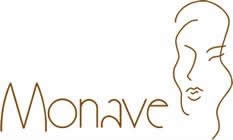
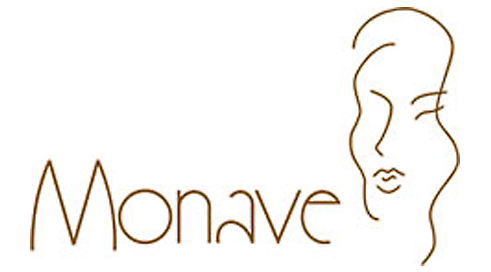
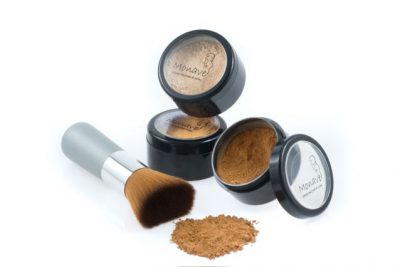
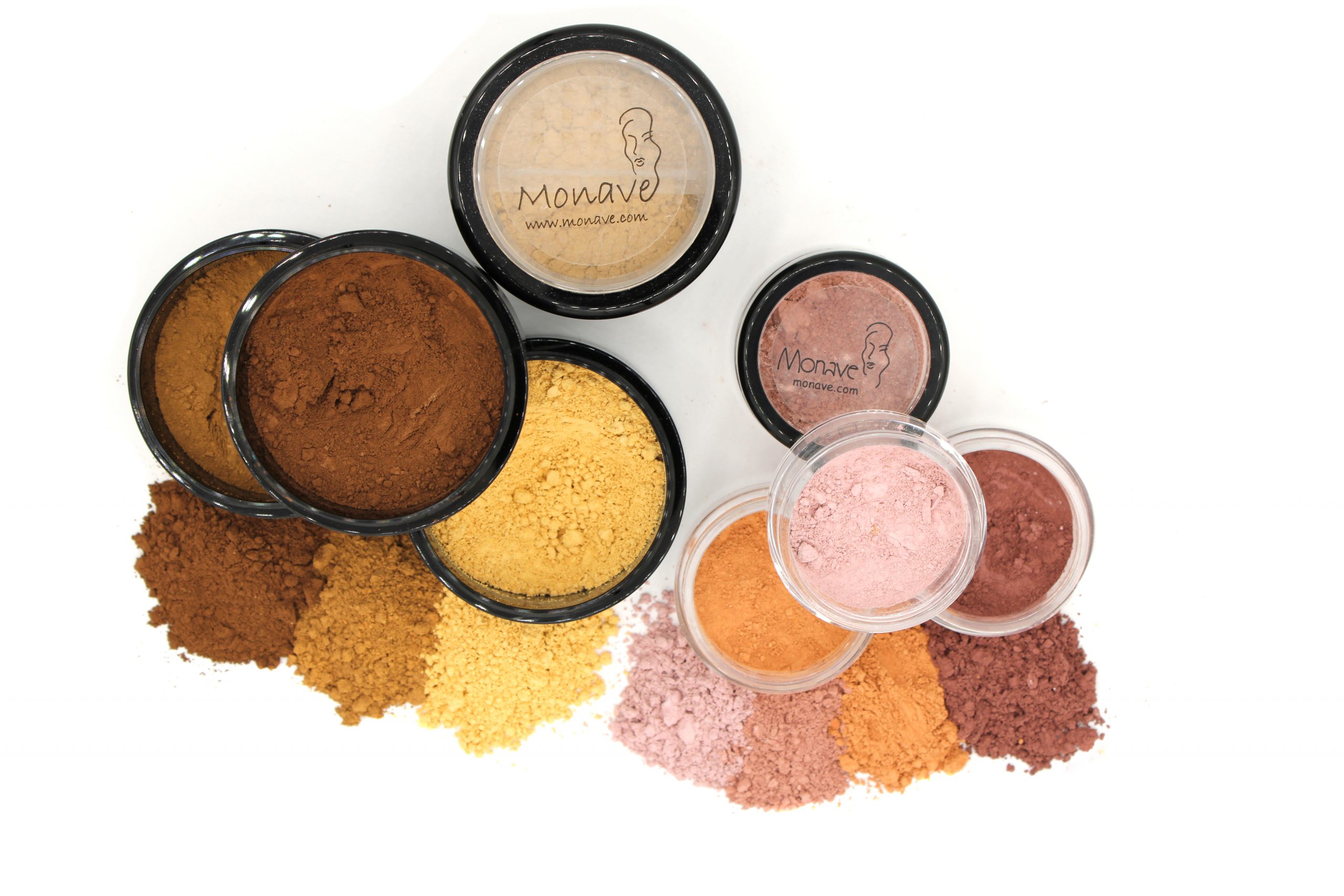
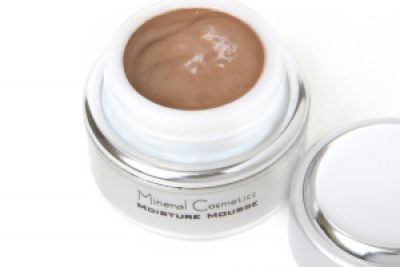
Sean Roulston
Deborah,
Thanks for this article, my wife and i have recently goone gluten free…but we didn’t think of anything outside of diet!
This is fantastic, thank you so much!
Deborah Bilezikian
Thank you Sean! congratulations on your journey…